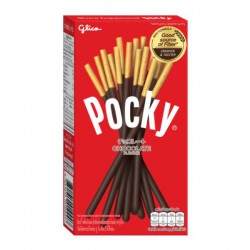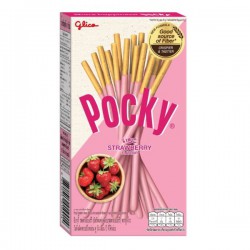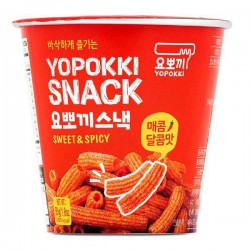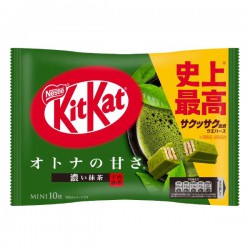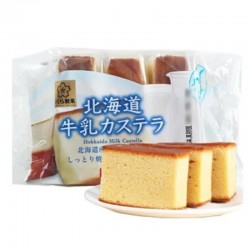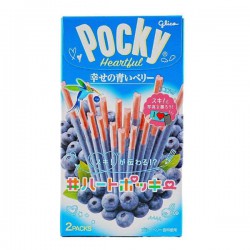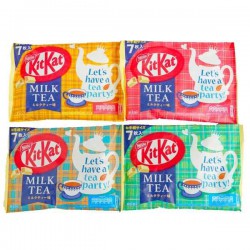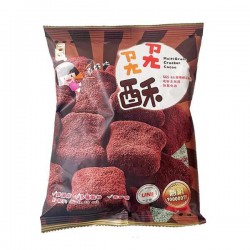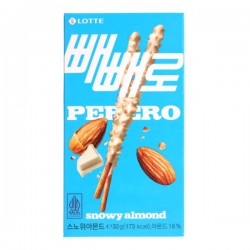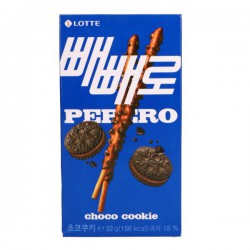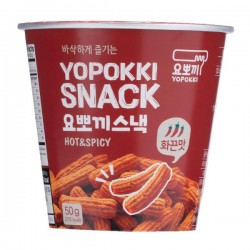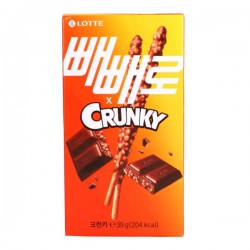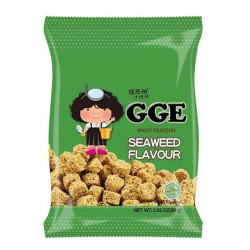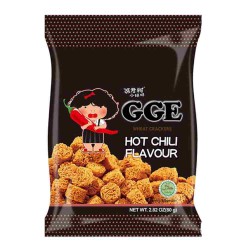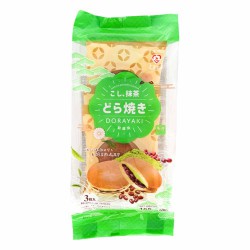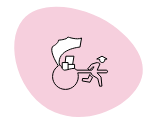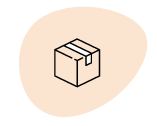Derfor har over 21.000 handlet her
Biscuits and Cakes
Pocky Sticks and other sweet snacks
Sweet cookies and cakes are known throughout the world, and it's always nice to have a little snack to take with you on the go — or just enjoy at home. A popular cookie from Japan is the so-called Pocky Sticks (Note: This is a brand/product name and remains the same in English.), which is a crispy biscuit stick coated with either chocolate or other tasty toppings. Pocky Sticks were first sold in 1966, and were originally coated only with chocolate. Over the years many more varieties have been added, and what began as a range extension to sticks with a strawberry coating has today evolved so that you can choose sticks flavored with green tea, honey, banana, "cookies and cream," — this is already English, so no translation needed. coconut and many others. They also come in many beautiful boxes, some of which follow different themes. Some of the varieties are only available in particular areas, such as Kobe wine, which is only sold in Kobe, Daim, which is only sold in the United Kingdom, and Yubari melon, which is only sold in Hokkaidō.
Fortune cookies — little fortunes in a crispy cookie.
Another well-known cake from Asia is the fortune cookie. The small, crispy cookies are shaped like a little folded semicircle that can be easily broken so you can pull the slip of paper out from inside. The slip usually contains a small fortune, a piece of advice, or a wise proverb. These little cookies are typically served as a dessert in Chinese restaurants in the USA, Canada and similar countries, but they do not originate from China. In fact, no one knows for sure where fortune cookies come from, but it is certain that they became very popular in places like the United States after immigrants introduced them in the early 20th century. Some believe they originated with Japanese immigrants who moved to the U.S. in the late 19th and early 20th centuries. The Japanese variant is, however, somewhat different from the Chinese one: the dough is darker, the cookies are larger, and they are usually eaten with tea. The dough contains miso and sesame, whereas the Chinese variant is a lighter dough flavored with vanilla and butter. Although the cookie is said to have originated with the Japanese, there was a shift around World War II that led more and more people to associate fortune cookies with Chinese restaurants.
Fortune cookies can be a fun addition to anything from dinner on an ordinary Wednesday to New Year's Eve, where the little slips can bring predictions about what the new year will hold.
Dorayaki - the Japanese pancake
If you don't want it to be crispy, you can also have dorayaki. A Japanese cake that is mostly sold in packs of three. The cake consists of two round, pancake-like cakes that are sandwiched around a layer of sweet bean paste. However, they don't immediately resemble the pancakes we're used to at home. The batter contains nemlog mizuame — mizuame (a Japanese sweet/starch syrup; literally “water candy”), a special sugar syrup that gives it a very particular texture that is anything but dry. This type of cake is called "castella" — "castella" (refers to the Castella sponge cake, a Japanese/Portuguese-style sponge cake; the word is the same in English), and is very common in Japan, where you can find various varieties. Many of them are much like a good old-fashioned pound cake, except that the cake is deliciously moist rather than dry.
Dorayaki in particular also plays a very special role in a popular Japanese anime, where the main character Doraemon loves dorayaki and is therefore often associated with this dessert. This has also meant that the company Bunmeido has sold a special limited-edition dorayaki every September and March since 2000, called Doraemon Dorayaki.

 EN
EN
 DA
DA
 ZH
ZH








